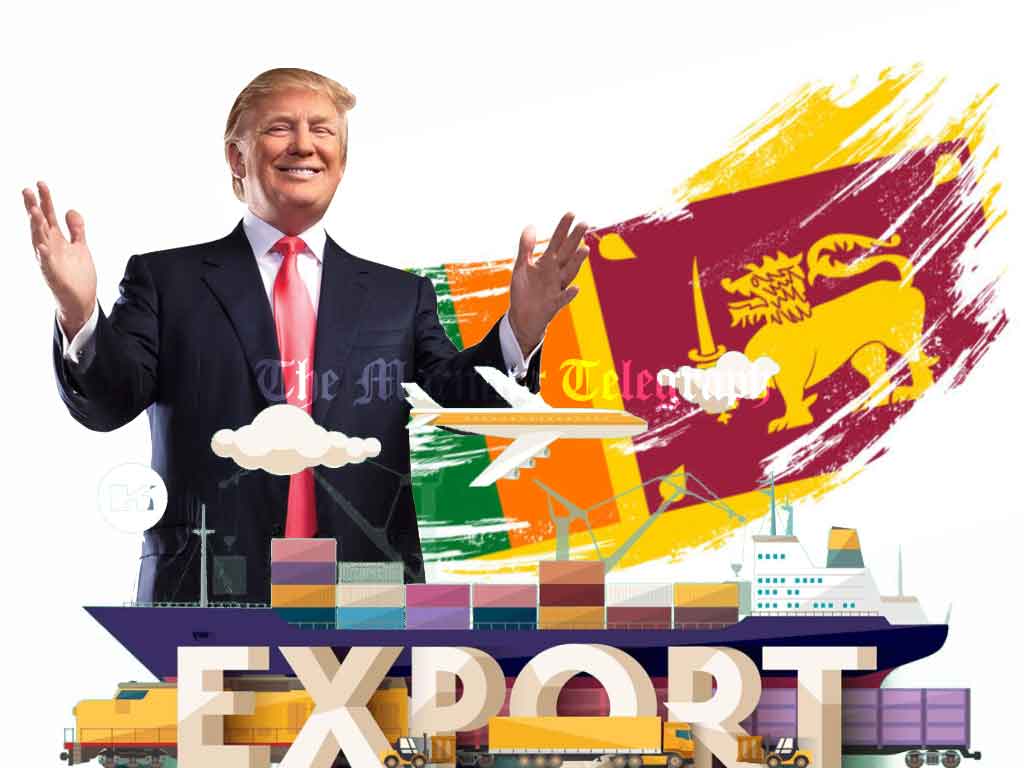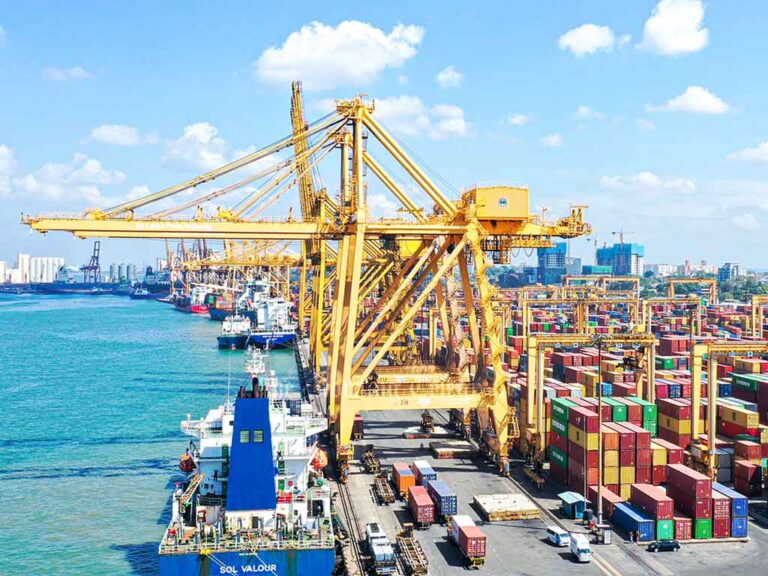
Sri Lanka’s export economy could face significant challenges as a result of new trade protection policies proposed by U.S. President Donald Trump. The new tariffs, which are currently being negotiated, could raise duties on goods imported from China by as much as 60 percent, and goods from other countries, including Sri Lanka, could face a 20 percent increase.
Professor Priyanga Dunusinghe, an economist from the University of Peradeniya, has expressed concerns over the potential impact of these changes on Sri Lanka’s exports, particularly in the garment sector. Currently, Sri Lanka faces a 12.2 percent customs duty on garments exported to the U.S. However, if the tariff increases as proposed — either to 20 percent or 32.2 percent — this could lead to a rise in the price of Sri Lankan garments in the American market, potentially reducing demand and sales.
Sri Lanka’s exports to the United States cover a wide range of products, including garments, rubber and plastic products, food, chemicals, and spices. In 2023, Sri Lanka’s total exports to the U.S. were valued at $2.7 billion, which represented 23 percent of the country’s total export revenue. Garments, in particular, make up a substantial portion of these exports, contributing significantly to foreign exchange earnings.
However, if the U.S. increases tariffs as suggested, Professor Dunusinghe predicts that Sri Lanka’s foreign exchange earnings from the U.S. could decline by 8-10 percent. This reduction would have a notable effect on the country’s overall export performance, especially as the U.S. is a key market for Sri Lankan goods.
Additionally, the ripple effect of these tariff hikes could extend beyond the U.S. market. Europe, which is the second-largest market for Sri Lankan garments, could also be affected if U.S. tariffs result in higher production costs and decreased competitiveness for Sri Lankan products in international markets.
Despite these challenges, Professor Dunusinghe remains optimistic that the impact can be mitigated. He stresses that by understanding the potential risks and implementing proactive measures, Sri Lanka can protect its export sector and maintain its market share. These measures could include seeking new markets for Sri Lankan products, diversifying the export portfolio, and engaging in diplomatic negotiations to reduce the negative effects of these tariff changes.




